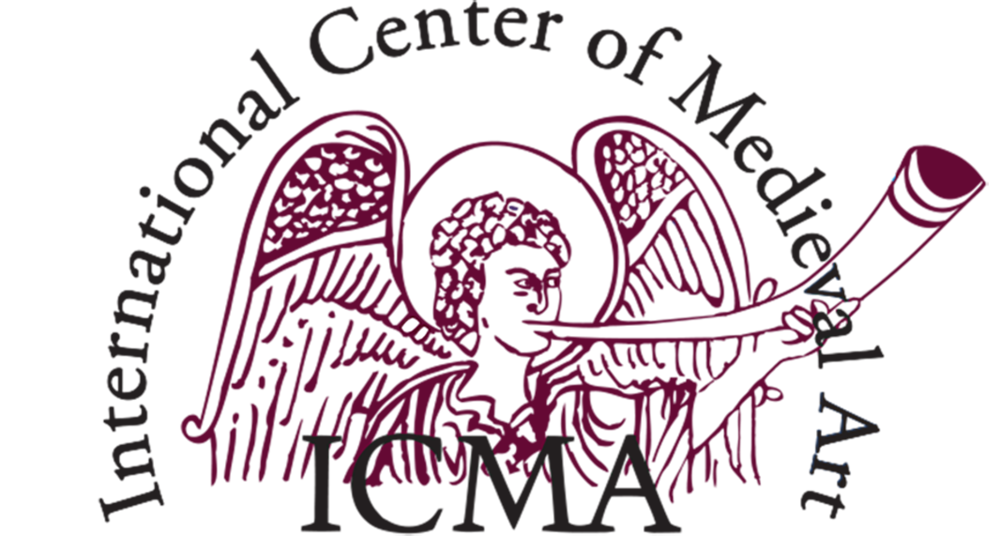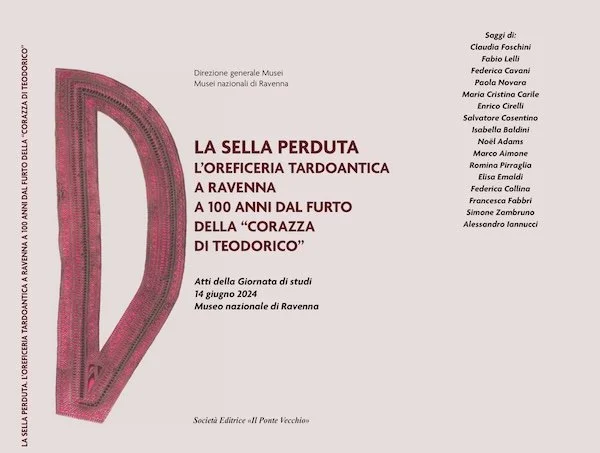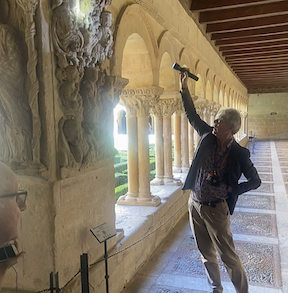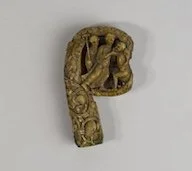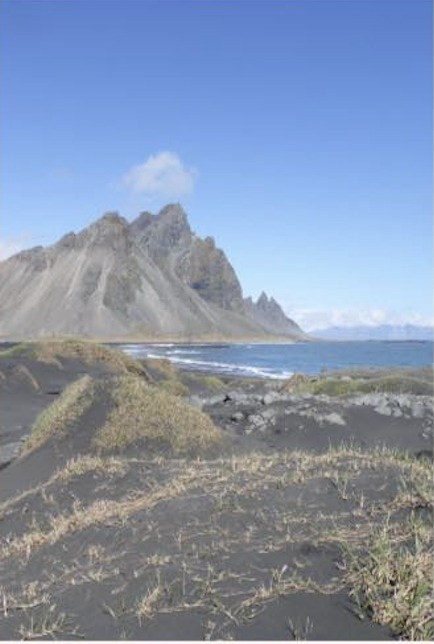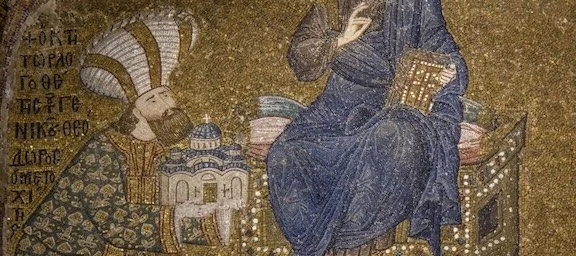In memory of our much-missed friend and inspiration, The British Archaeological Association will be holding a conference to celebrate our former secretary on 12-14 December 2025.
The conference opens for registration at 12.30pm on Friday 12 December at Rewley House, 1 Wellington Square, Oxford OX1 2JA. The President’s Welcome and Introduction will be at 2.00pm followed by the first lecture at 2.15pm. Tea & coffee refreshments will be served during the lectures and a buffet lunch will be provided on Saturday and Sunday in addition to dinner on two evenings. The conference will also include an evening reception.
Participants will need to arrange their own travel and accommodation. Oxford is well provided with hotels and B&Bs, and further information will be supplied by the conference organisers along with the booking form. These will be sent out later this month.
Speakers will include:
David Robinson, Augustinian Claustral Buildings
Eric Fernie, John McNeill and the Study of the Romanesque
Julian Luxford, The Black Book of the Exchequer
Nicola Coldstream, ‘Sweet Thames run Softly’: London Bridge and the Building of St Stephen’s Chapel, Westminster’
Richard Halsey , ‘Few are run of the mill’, the late C12th capitals of Oxford Cathedral
Lloyd De Beer, Solomon in the Crypt: Romanesque Reuse and Gothic Intervention at Canterbury Cathedral
Fernando Gutiérrez Baños, A Painted Castilian Tabernacle-Altarpiece from the 14th Century now in the Wellcome Collection
Alexandrina Buchanan, The Secretaries of the BAA
Roisin Astell, Gendered Boundaries: Women as Antithesis and Exemplar in an early-fourteenth-century English Illuminated Manuscripts
Costanza Beltrami, Unexpected Connections: Making Sense of Spanish Gothic in 19th-Century London and Beyond.
Arturo Carlo Quintavalle, Willigelmo and Roman Art.
Tom Nickson, Batalha and Las Huelgas: Forms and Functions in Cistercian Cloisters in Iberia
Sally Dormer, Thoughts on Some Fragments of Romanesque Sculpture in Abbotsbury, Dorset
Rosa Bacile, The Use of Spolia in the Abbey of SS Trinita’, Venosa, 11th-12th Centuries
Richard Gem, Encountering St Benedict: his Tomb and Shrine at Saint-Benoît-sur-Loire
Gerhardt Lutz, A Crucifixus Dolorosus in the Cleveland Museum of Art and Art Around 1300.
John Munns, How Norman is the Norman Chapel in Durham Castle?
Neil Stratford, Vézelay, Avallon et al.
Alison Perchuk, California Romanesque
Marcello Angheben, Romanesque images and Affective Piety
Sandy Heslop, Celebrating the Resurrection in Medieval Norwich
Jordi Camps, The sculptural program of the first construction phases of the Tarragona Cathedral: Contexts, tendencies and repertoires.
John Goodall, The North Transept Facade of Merton College Oxford
Øystein Ekroll, Corbels and Chess pieces. A Contribution to the Discussion on the Origin of the Lewis Chess Pieces.
Veronica Abenza, The Western Reception of Transcultural Objects: a Matter of Reuse or Recycling
Zoe Opacic and Alexandra Gajewski, Prague and Avignon
Conference Convenor: Richard Plant; Conference Secretary: Kate Milburn & Assistant Secretary: Ann Hignell.
Scholarships
A limited number of scholarships for students are available to help them cover the cost of the conference. Please apply by 16th October, 2025 attaching a short CV along with the name and contact details of one referee. Applications should be sent to: rplant62@hotmail.com. Any general enquiries about the conference should be sent to conferences@thebaa.org.
This conference has been made possible by a generous donation from Tim and Geli Harris to whom the Association is very grateful.
For more information, visit https://thebaa.org/events/boundaries-and-encounters-in-medieval-art-and-architecture-a-conference-in-memory-of-john-mcneill/
